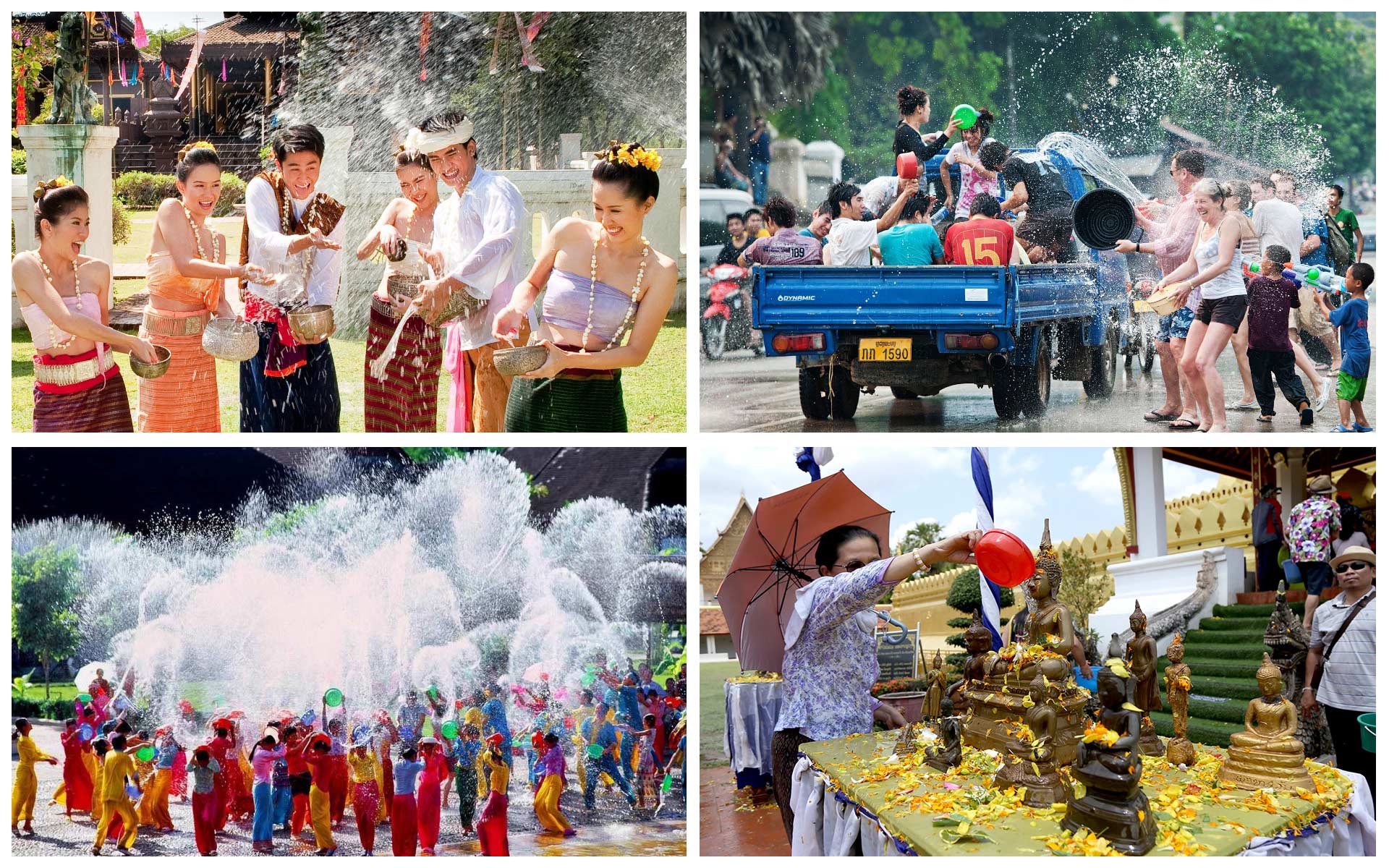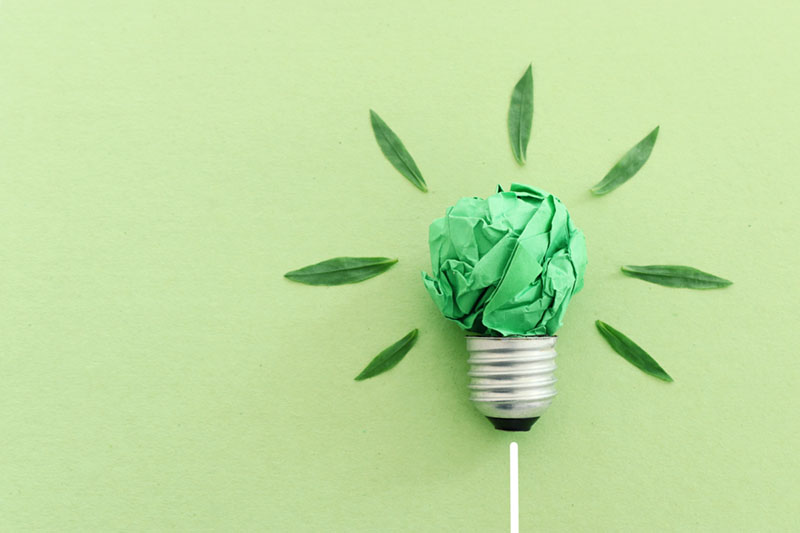
A Cultural Journey: Celebrating New Year’s Day in Laos
japanchildrenrights.org – New Year’s Day, known as Pi Mai Lao, is one of the most significant and vibrant celebrations in Laos, a country rich in tradition and cultural heritage. This festival, typically falling in April, marks the beginning of the Lao New Year and is celebrated with great enthusiasm and joy across the nation. The festivities are a blend of religious rituals, family gatherings, and communal activities that reflect the deep-rooted values of Lao society.
The Significance of Pi Mai Lao
Pi Mai Lao is more than just a celebration of the New Year; it is a time for purification and renewal. The festival is believed to bring good luck and answer prayers for the coming year. People clean their homes, wear new clothes, and participate in various rituals to wash away the sins of the past year and start afresh.
Traditional Rituals and Activities
Water Throwing
One of the most iconic traditions of Pi Mai Lao is the water throwing ritual. It symbolizes the washing away of bad luck and sins. People take to the streets with water guns, buckets, and pitchers to splash water on each other, accompanied by laughter and joy. This activity is not only a way to cool off in the hot season but also a means to cleanse the soul.
Sand Stupa Building
Another significant ritual is the building of sand stupas. Families and friends gather to construct these temporary monuments, which are believed to bring merit. The stupas are decorated with flags and flowers, and people pay their respects by walking around them.
Almsgiving
Almsgiving is a central part of the Lao New Year celebration. Devotees prepare food and other offerings to present to monks in the morning. This act of generosity is considered a way to accumulate good karma and is deeply embedded in the Buddhist culture of Laos.
Family and Community Gatherings
Pi Mai Lao is a time for families to come together. Homes are decorated with flowers and lanterns, and traditional Lao dishes are prepared. People exchange gifts and best wishes for the New Year. Community events, such as parades, beauty pageants, and traditional dance performances, are also organized to entertain the crowds.
The Role of Buddhism
Buddhism plays a pivotal role in Pi Mai Lao celebrations. Many people visit temples to pay their respects to Buddha images, which are cleaned and offered new robes. Monks chant prayers for peace and prosperity, and the faithful listen attentively, seeking spiritual renewal.
Conclusion
New Year’s Day in Laos, or Pi Mai Lao, is a celebration that encapsulates the essence of Lao culture. It is a time of joy, reflection, and community. The festivities, steeped in tradition, serve as a reminder of the importance of family, faith, and the cycle of life. As Laos continues to modernize, Pi Mai Lao remains a cherished event that connects the past with the present, ensuring that the rich heritage of Lao people is preserved for generations to come.


